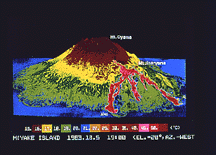This is an infrared (IR) view of Mt. Jian in Japan erupting in 1983. IR "light" is a form of electromagnetic radiation given off by hot materials like lava.
Click on image for full size
Daedalus Enterprises, Inc., Ann Arbor, MI
Electromagnetic Radiation
Electromagnetic radiation is the result of oscillating electric and magnetic
fields. The wave of energy generated by such vibrations moves through space
at the speed of light. And well it should... for visible
light is indeed one
form of electromagnetic (EM) radiation.
X-rays, radio
waves, gamma
rays, and infrared and ultraviolet "light"
are the other main types of electromagnetic radiation. They are all traveling
vibrations of electromagnetic waves, each with its own characteristic wavelength.
Organized in order of wavelength, they make up the electromagnetic
spectrum.
Sometimes it is useful to think about electromagnetic radiation as though
it came in packets. These packets of EM radiation are called "photons".
There is a second main type of radiation,
which is the result of subatomic particles moving at very high speeds. That
type of radiation is called "particle
radiation".
You might also be interested in:
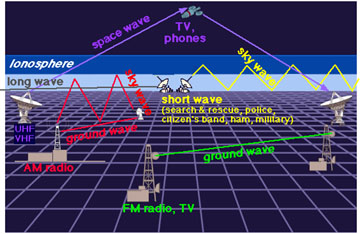
Radio waves are a type of electromagnetic radiation. A radio wave has a much longer wavelength than does visible light. We use radio waves extensively for communications. Radio waves have wavelengths as
...more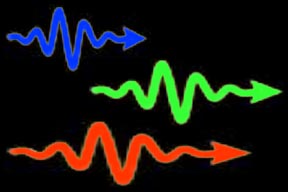
Light is very strange. Sometimes it is best to think of light as a series of waves. At other times, it is useful to think of light as a swarm of particles. When we think of light as particles, we call
...more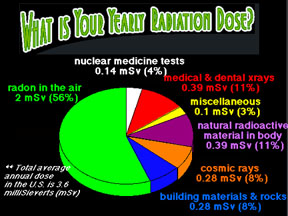
Radiation comes in two basic types: electromagnetic radiation transmitted by photons, and particle radiation consisting of electrons, protons, alpha particles, and so forth. Electromagnetic radiation,
...more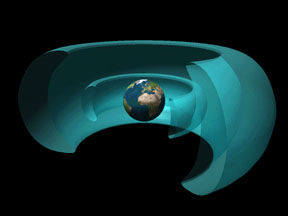
One main type of radiation, particle radiation, is the result of subatomic particles hurtling at tremendous speeds. Protons, cosmic rays, and alpha and beta particles are some of the most common types
...more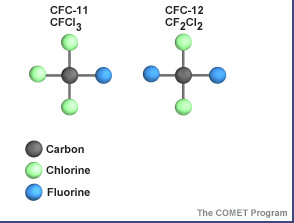
About 90% of the ozone in the Earth's atmosphere lies in the region called the stratosphere which is found between 16 and 48 kilometers (10 and 30 miles) above the Earth's surface. Ozone forms a kind of
...more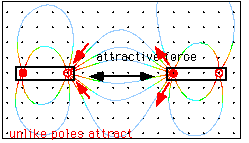
Electricity and magnetism are two closely related and very important topics within the science of physics. We use electricity to power computers and to make motors go. Magnetism makes a compass point North
...more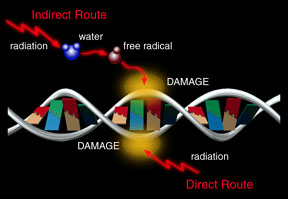
High frequency radiation or fast moving particles plow into a living cell with enough energy to knock electrons free from molecules that make up the cell. These molecules with missing electrons are called
...more


